When learning how to plan a construction project, begin by establishing what you want built. Is it a residential building, commercial space, renovation, or new construction? Clearly outline the features, target quality level, style, and performance criteria. Set measurable objectives: timeline, budget ceiling, sustainability or energy efficiency goals, and functional requirements.
1. Define Your Vision & Objectives
Begin by establishing what you want built. Is it a residential building, commercial space, renovation, or new construction? Clearly outline the features, target quality level, style, and performance criteria. Set measurable objectives: timeline, budget ceiling, sustainability or energy efficiency goals, and functional requirements.
2. Conduct Feasibility & Site Assessment
Choose a site (if not already selected) and assess its suitability. Look into zoning regulations, local building codes, soil condition, site access, availability of utilities (water, power, sewage), environmental constraints, and neighborhood impact. Ayoub Construction Company always recommends soil testing and site surveys early to avoid hidden costs.
3. Budgeting & Securing Financing
Estimate costs across all components: site prep, structure, mechanical / electrical / plumbing (MEP), finishes, landscaping, permits, inspections, and a contingency (often 10‑20 %) for unknowns. Secure financing or ensure funds are in place. Transparency in budget planning lays the foundation for trust.
4. Design & Engineering
Engage architects and engineers to prepare complete plans: architectural drawings, structural engineering, MEP designs, and finish selections. At this stage, balancing aesthetics, functionality, durability, and code compliance matters. Change orders are expensive, so finalize design details early.
5. Permits, Regulations & Approvals
Submit plans to the relevant municipal or state bodies. Get all the required permits, environmental clearances, and utility hookups approved. Be aware that some jurisdictions require multiple layers of review—plan for time in your schedule.
6. Contractor Selection & Procurement
Seek qualified contractors or subcontractors. Request bids, check references, experience, and credentials. Once you award contracts, procure long‑lead materials (steel, custom glass, large prefabricated items) early to avoid delays.
7. Construction Phase & Project Management
As part of understanding how to plan a construction project, it’s crucial to mobilize the team: contractors, subcontractors, labor, and equipment. Monitor work regularly—foundation, framing, MEP installation, and finishing. Hold weekly site meetings, track schedule vs. actual, manage quality through inspections, and enforce safety protocols on-site.
8. Monitoring, Inspections & Commissioning
As construction nears completion, schedule inspections: local authority, structural, electrical, plumbing. Commission mechanical systems: HVAC, plumbing, electrical. Test all systems to ensure they work as designed. Identify punch‑list items (minor defects) and resolve them.
9. Handover & Closeout
Prepare as‑built drawings, warranties, operation and maintenance manuals. Walk the client through the completed project, explaining systems, maintenance needs, and warranty claims. Get final sign‑offs, collect feedback, and document what went well and what could improve for your next project.
Final Thoughts
A well‑planned construction project is much more likely to finish on time, within budget, and to the quality expectations. At Ayoub Construction Company, we focus on upfront planning, clear communication, rigorous monitoring, and attention to detail. By following this roadmap, you’ll reduce the risk of surprises and ensure your project meets your vision.
